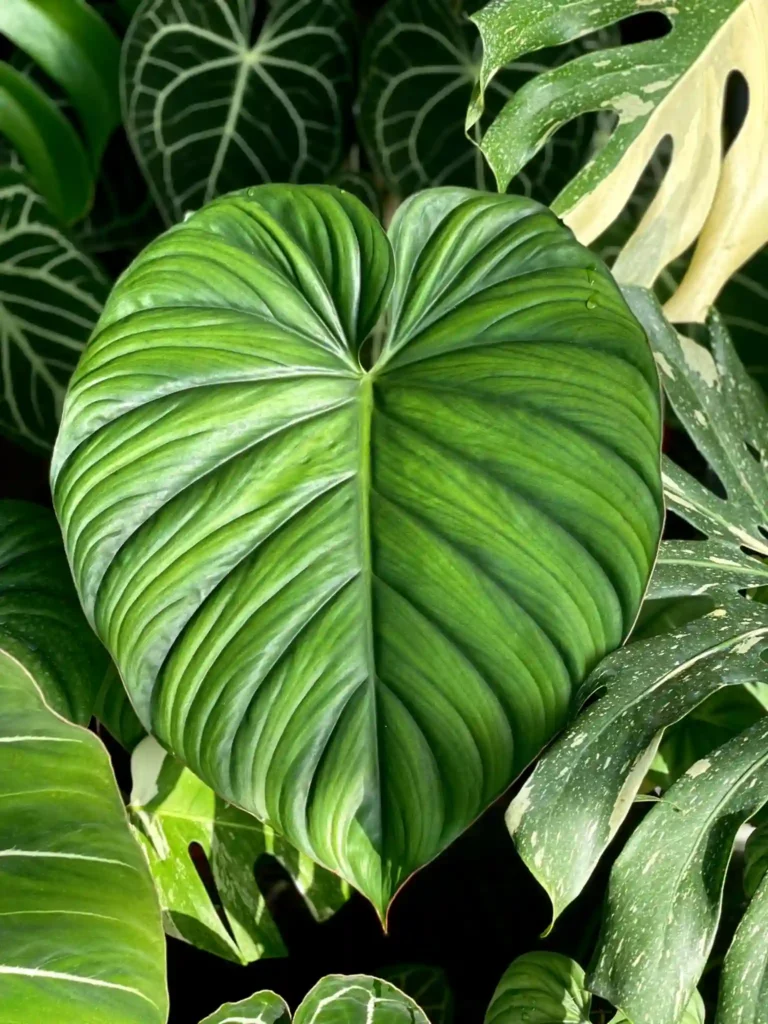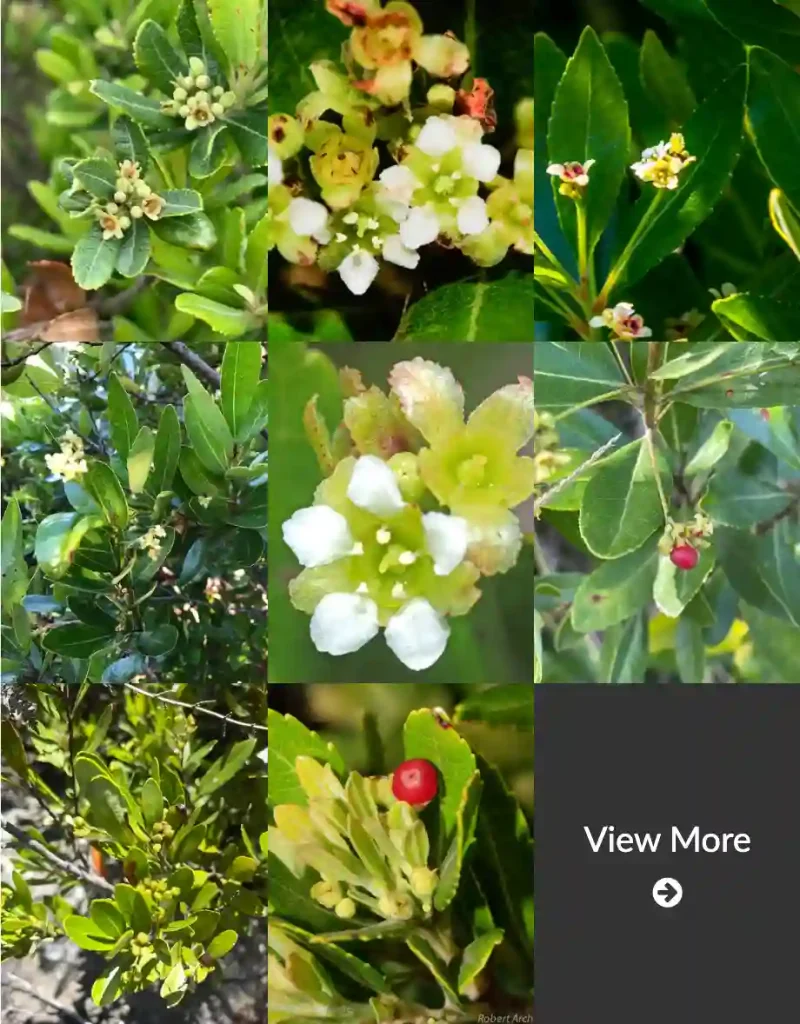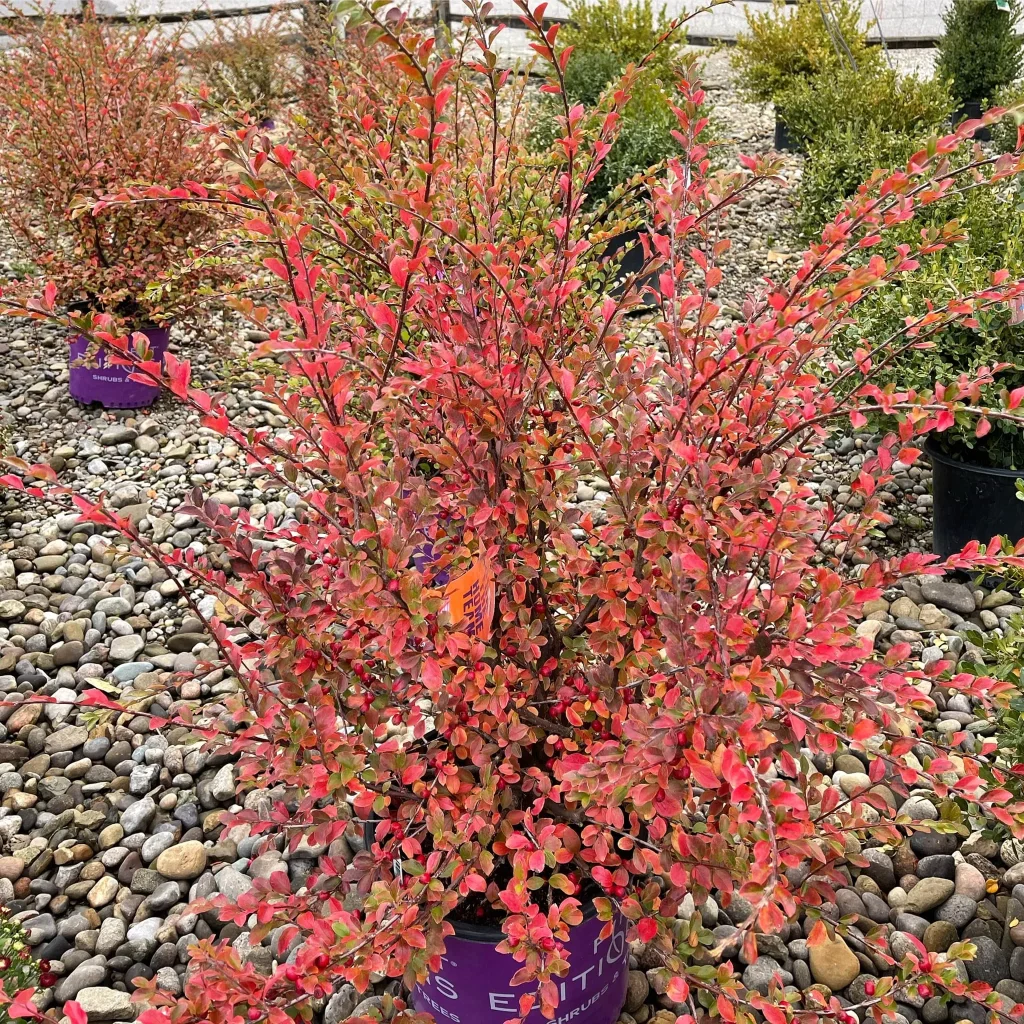
Is Dodonaea viscosa poisonous to dogs?
I remember being quite concerned when I first got my dog and noticed Dodonaea viscosa, or hopbush, in the backyard. I did a bit of research and found out that it isn’t considered highly toxic to dogs. While it might cause some mild stomach upset if ingested, it’s generally not something that’s going to seriously harm my pet. Still, I keep an eye on him just to make sure he doesn’t make a habit of munching on the leaves.
Are Dodonaea viscosa Purpurea a clean plant?
The Dodonaea viscosa Purpurea in my garden is pretty low-maintenance and clean. It’s not a plant that sheds a lot of debris, so I don’t have to spend much time cleaning up after it. The deep purple leaves look fantastic, and they don’t create a mess like some other plants can. It’s been a great addition to my garden, providing both beauty and ease of care.
Does Dodonaea viscosa lose its leaves in winter?
In my experience, Dodonaea viscosa doesn’t lose all its leaves in winter. It’s quite an evergreen shrub, so it keeps its foliage year-round. There might be some leaf drop, but nothing significant enough to leave it bare. This consistency is one of the reasons I love having it in my garden; it adds color and structure even during the colder months.
How often do you water Dodonaea viscosa?
I water my Dodonaea viscosa about once a week during the hotter months and cut back in the winter when it’s cooler and the plant doesn’t need as much. The plant is quite drought-tolerant, so it doesn’t need a lot of water. I just make sure the soil dries out between waterings to avoid overwatering, which can be harmful.
How to grow Dodonaea viscosa from seed?
Growing Dodonaea viscosa from seed has been a rewarding project for me. I start by collecting seeds from the pods when they are mature and dry. I then scarify the seeds by lightly sanding them or soaking them in hot water for a few hours to improve germination. I plant them in well-draining soil, keep the soil moist, and place them in a sunny spot. Germination can take a few weeks, but with patience, I’ve had good success.
How to plant Dodonaea viscosa?
Here’s a guide on how to successfully plant your Dodonaea viscosa:
Choosing the Right Time:
- Spring or summer: These seasons provide the ideal warm temperatures and sunlight for successful establishment. You can plant Dodonaea viscosa anytime throughout the year in frost-free climates. However, be prepared to water more frequently during hot summer months if planting outside this ideal window.
Location:
- Sunlight: Dodonaea viscosa thrives in full sun locations. It can tolerate some light shade, but the vibrant color of its foliage and overall growth might be slightly compromised.
- Soil: Well-drained soil is crucial. Dodonaea viscosa is adaptable to various soil types, including loam, clay loam, and even sandy soil. If your soil is heavy clay, amend it with compost or sand to improve drainage.
Planting Steps:
- Prepare the planting hole: Dig a hole 2-3 times wider than the diameter of the root ball of your Dodonaea viscosa. The depth should be roughly the same as the root ball’s height.
- Loosen the root ball: Gently loosen the root ball of your plant by hand. This encourages the roots to spread out and establish themselves more effectively in the surrounding soil.
- Place the plant: Carefully position your Dodonaea viscosa in the hole, ensuring the top of the root ball sits at or slightly above the soil level.
- Backfill the hole: Fill the hole back in with the excavated soil. Gently tamp down the soil to remove air pockets and ensure good contact with the roots.
- Water thoroughly: Water the plant deeply to settle the soil around the roots and provide initial hydration.
- Mulching (optional): Apply a 2-3 inch layer of mulch around the base of the plant (keeping it a few inches away from the stem) to retain moisture, suppress weeds, and regulate soil temperature.
Additional Tips:
- Spacing: When planting multiple Dodonaea viscosa plants, consider their mature size. For a border planting, space them 6-7 feet apart. If you’re creating a hedge, plant them 4-5 feet apart, measured from the center of each plant.
- Watering: Once established, Dodonaea viscosa is fairly drought tolerant. However, during the first growing season and hot weather periods, water regularly when the top inch of soil feels dry to the touch.
- Fertilizer: You can feed your Dodonaea viscosa a balanced fertilizer in early spring to promote growth and flowering. However, avoid overfertilizing, as this can lead to excessive foliage growth at the expense of flowers.
How to prune Dodonaea viscosa Purpurea?
Pruning Dodonaea viscosa Purpurea is something I do to maintain its shape and encourage bushier growth. I usually prune in late winter or early spring before the new growth starts. I trim back any leggy or overgrown branches, making sure to cut just above a node. This helps the plant stay compact and look its best.
If i die, water my plants!



